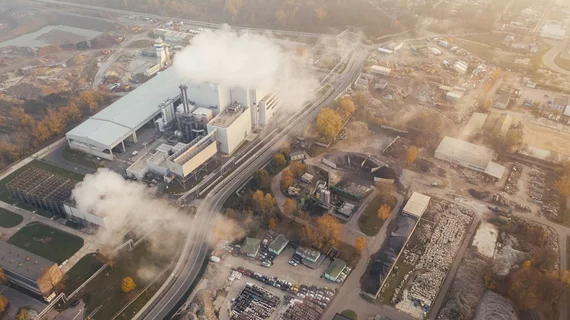Heart-failure patients lose years of life when air pollution is a neighbor
Long-term daily exposure to air pollution carrying fine particulate matter poses a significant risk of all-cause mortality for people with heart failure (HF).
So found researchers who studied more than 23,000 heart-failure patients residing in North Carolina across urban, suburban and rural areas.
Led by Cavin Ward‐Caviness, PhD, of the U.S. Environmental Protection Agency’s Public Health & Integrated Toxicology Division, the team focused on air pollution bearing particulates smaller than 2.5 microns in diameter (PM2.5). Examples include vehicle exhaust, campfires and fumes from cooking food at high temperatures.
By comparison, airborne particulates like dust, pollen and mold may be as large as 9.9 microns in diameter, while a strand of human hair has a diameter of 50 to 70 microns.
Ward-Caviness and colleagues found that HF patients with elevated exposures to PM2.5 pollutants—most of whom lived in or near cities—lost an average 0.84 years of life over a five-year period.
Mortality risk differed slightly by heart failure subtype, systolic vs. diastolic, but this rate held even for people living in areas with PM2.5 concentrations below the acceptable national standard (12 micrograms of PM2.5 particulates per cubic meter).
The study posted online March 16 in the Journal of the American Heart Association.
“The observation of a significant association between annual average PM2.5 exposure and mortality in HF patients implicates long‐term exposure to poor air quality as a risk factor for poor clinical outcomes among HF patients,” Ward-Caviness et al. conclude. “These data provide further evidence that long‐term exposure to ambient air particle pollution contributes to heart disease and mortality and underscore the need to better understand environmental exposures as potentially modifiable risk factors in highly vulnerable populations.”
The study is available in full for free.

